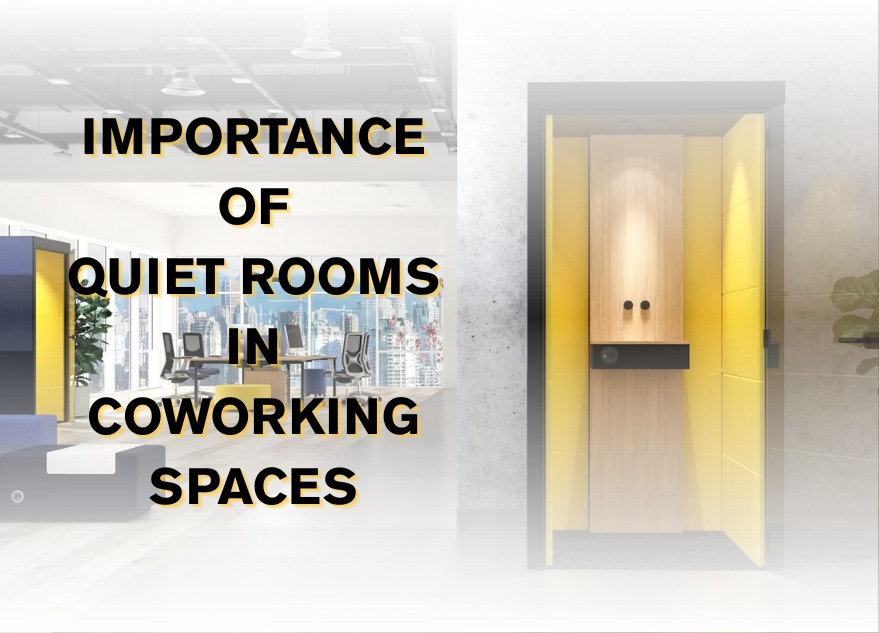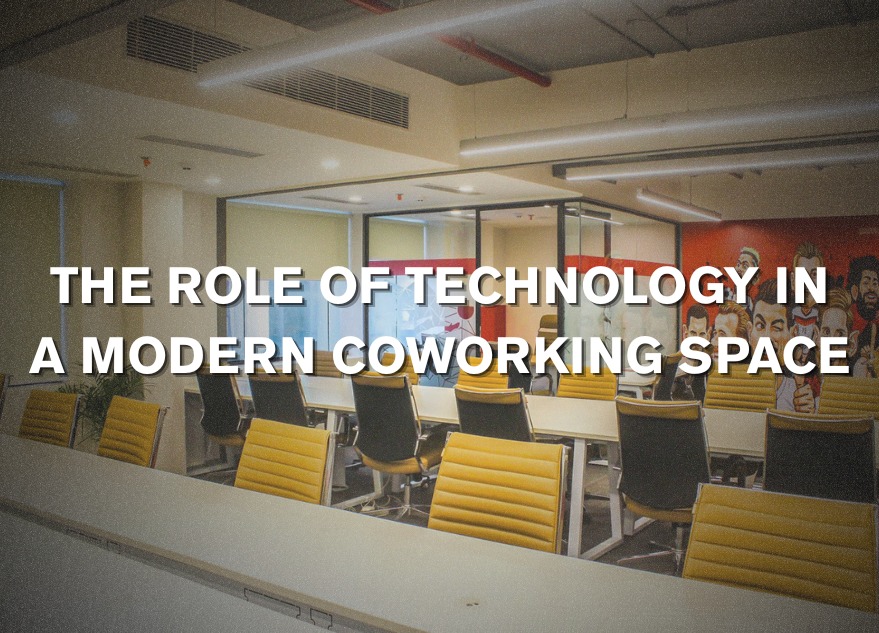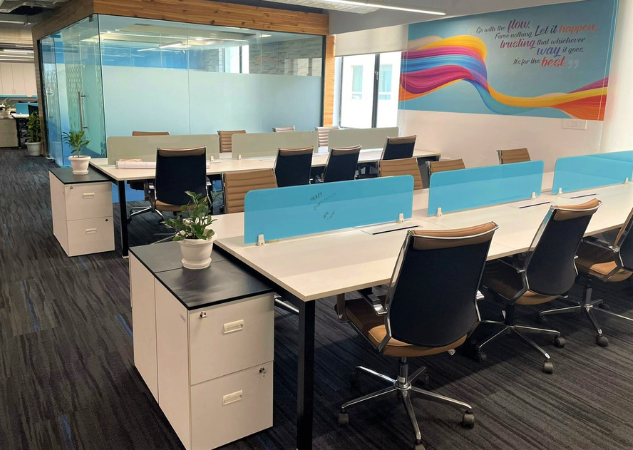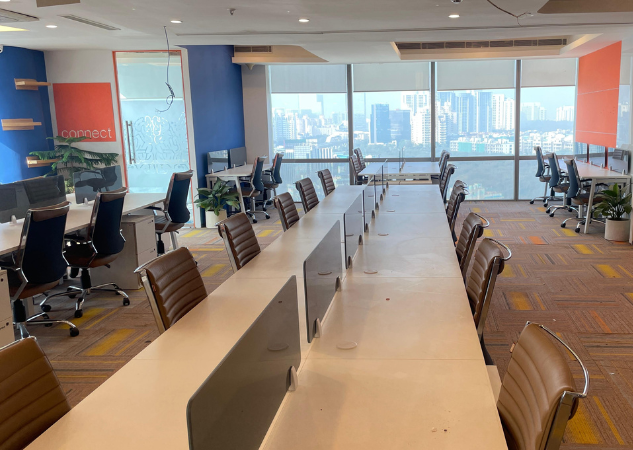Coworking spaces are great but can be noisy—quiet rooms offer essential focus and calm. Here are ten key reasons.
💡 Are you looking for Coworking space in Gurgaon, Noida or Delhi? We are just a call away.
Call Now: 08999 828282
10 Importance of Quiet Rooms in Coworking Spaces
- Enhanced Focus and Productivity
- Reduced Stress
- Better Communication
- Improved Creativity
- Personal Space
- Enhanced Learning
- Privacy
- Better Health
- Accommodation for Different Work Styles
- Professionalism
1. Enhanced Focus and Productivity
Quiet rooms provide a peaceful environment where individuals can concentrate on their work without interruptions. In an open coworking space, there are often conversations, phone calls, and other activities that can be distracting. A quiet room eliminates these distractions, allowing workers to maintain a high level of focus. When people can concentrate better, they tend to complete their tasks more efficiently and effectively, leading to increased productivity.
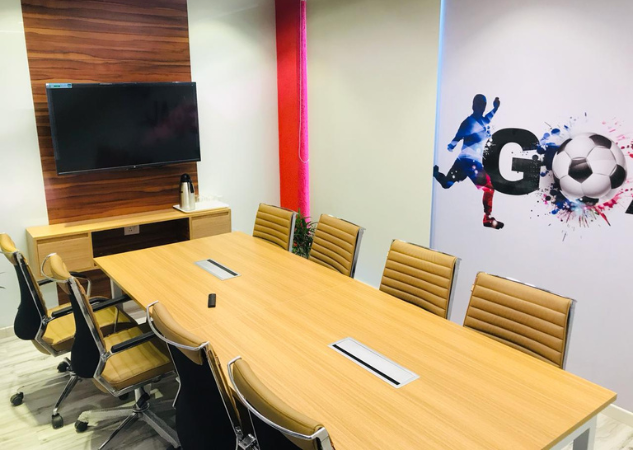
2. Reduced Stress
Working in a noisy environment can be stressful. Constant noise and interruptions can raise anxiety levels and make it difficult to concentrate. Quiet rooms offer a calm space where people can relax and work without the constant background noise, reducing stress levels. A quieter environment can help workers feel more at ease, which can improve their overall job satisfaction and mental health.
3. Better Communication
For important calls or virtual meetings, a quiet room ensures clear communication. Background noise can disrupt conversations and make it hard to hear, but a quiet space eliminates this issue. This is particularly important for professional interactions, where clear and effective communication is crucial. Quiet rooms help ensure that important details are not missed and that meetings run smoothly without interruptions.
Also Read: 10 Things to Avoid When Booking a Coworking Space
4. Improved Creativity
A quiet environment can stimulate creativity. Without the distractions of a busy coworking space, individuals can think more freely and come up with innovative ideas. Noise and interruptions can break the flow of creative thought, making it hard to brainstorm or develop new concepts. In a quiet room, workers can immerse themselves in their creative processes, leading to better and more original outcomes.
5. Personal Space
Quiet rooms offer a sense of personal space. In a shared working environment, it’s important to have a place where you can work alone and undisturbed when needed. This personal space can help individuals feel more comfortable and secure, allowing them to focus on their work without feeling the need to constantly interact with others. This can be particularly beneficial for introverted individuals who may find constant social interaction draining.
6. Enhanced Learning
Whether it’s reading, studying, or learning new skills online, a quiet room is ideal. It provides the right atmosphere for absorbing information without distractions. Learning new concepts or skills often requires deep concentration, which can be difficult to achieve in a noisy environment. A quiet room helps create a focused learning environment, making understanding and retaining new information easier.
7. Privacy
Sometimes, work involves confidential information or private conversations. Quiet rooms offer the necessary privacy to handle sensitive tasks without the risk of being overheard. This is especially important for businesses that deal with client information, financial details, or other sensitive data. Having a private space ensures that confidential information remains secure and that private conversations are not accidentally shared with others in the coworking space.
8. Better Health
Constant noise can lead to headaches and fatigue. Quiet rooms help to mitigate these issues, contributing to better overall health and well-being. Noise pollution can have a range of negative health effects, including increased stress levels, higher blood pressure, and disrupted sleep. By providing a quiet space to work, coworking spaces can help protect their users’ physical and mental health, leading to a more pleasant and sustainable working environment.
💡 SMBs looking for HR, Marketing, Technology and Funding solutions for their business.
Call Hello Jarvis 994 8000 800
9. Accommodation for Different Work Styles
People have different work styles. Some thrive in a bustling environment, while others need quiet to perform their best. Quiet rooms accommodate those who need silence to work effectively. By offering a variety of workspaces, coworking spaces can cater to the diverse needs of their members, ensuring that everyone can find an environment that suits their preferences and allows them to be most productive.
10. Professionalism
Having quiet rooms available makes a coworking space more professional. It shows that the space is designed to meet the diverse needs of its users, including the need for quiet and focused work areas. A professional environment can attract more clients and retain current members by demonstrating that the coworking space is committed to providing high-quality facilities and a supportive work environment.
To conclude, quiet rooms are essential in coworking spaces to cater to the various needs of individuals. They enhance productivity, reduce stress, improve communication, and provide a necessary personal space. The Office Pass (TOP) co-working spaces available in Delhi and NCR are seen as highly productive offering quiet rooms to employees. TOP offers all the modern-day facilities and relaxation areas to employees, keeping them motivated all throughout the day for enhanced productivity at work. Contact us for more details at 08999 828282.
FREQUENTLY ASKED QUESTIONS (FAQS):
Question: What is a quiet room in a coworking space?
Answer: A quiet room in a coworking space is a designated area where members can work in silence without distractions. These rooms are typically equipped with soundproofing materials and comfortable furniture to provide an ideal environment for focused work.
Question: Why are quiet rooms important in coworking spaces?
Answer: Quiet rooms are essential in coworking spaces because they provide a tranquil environment where individuals can concentrate and be productive. They help minimize distractions, reduce stress, and improve overall work efficiency.
Question: Who benefits the most from quiet rooms in coworking spaces?
Answer: Freelancers, remote workers, and individuals working on tasks that require deep concentration, such as writing, coding, or designing, benefit the most from quiet rooms. Additionally, introverts and those who prefer a calm work environment find these rooms particularly valuable.
Question: How do quiet rooms improve productivity?
Answer: Quiet rooms improve productivity by reducing noise levels and distractions, allowing individuals to focus better on their tasks. This enhanced concentration leads to more efficient work and higher quality output.
Question: Are quiet rooms available in all coworking spaces?
Answer: Not all coworking spaces have quiet rooms. However, many modern coworking spaces recognize their importance and are increasingly incorporating them into their designs to cater to the diverse needs of their members.
Question: What features should a good quiet room have?
Answer: A good quiet room should have soundproofing, comfortable seating, adequate lighting, ergonomic furniture, and climate control. Additionally, it should be free from interruptions and equipped with power outlets and reliable internet connectivity.
Question: Can quiet rooms be used for activities other than work?
Answer: Yes, quiet rooms can also be used for activities that require silence and concentration, such as meditation, reading, or studying. They provide a peaceful environment suitable for various focus-intensive activities.
Question: How do quiet rooms compare to open workspaces in coworking environments?
Answer: Quiet rooms offer a stark contrast to open workspaces. While open workspaces foster collaboration and social interaction, quiet rooms provide a secluded area for uninterrupted work. Both types of spaces complement each other by addressing different work style preferences and needs.
Question: How can the presence of quiet rooms influence the choice of a coworking space?
Answer: The presence of quiet rooms can be a deciding factor for individuals or companies choosing a coworking space. It indicates that the space caters to diverse work preferences and values productivity and focus, making it an attractive option for those who require a quiet work environment.
Question: Are there any etiquette rules for using quiet rooms in coworking spaces?
Answer: Yes, there are several etiquette rules for using quiet rooms, including keeping noise to a minimum, avoiding phone calls, respecting the personal space of others, and not occupying the room for extended periods if others are waiting. These rules ensure that everyone can benefit from a distraction-free environment.


